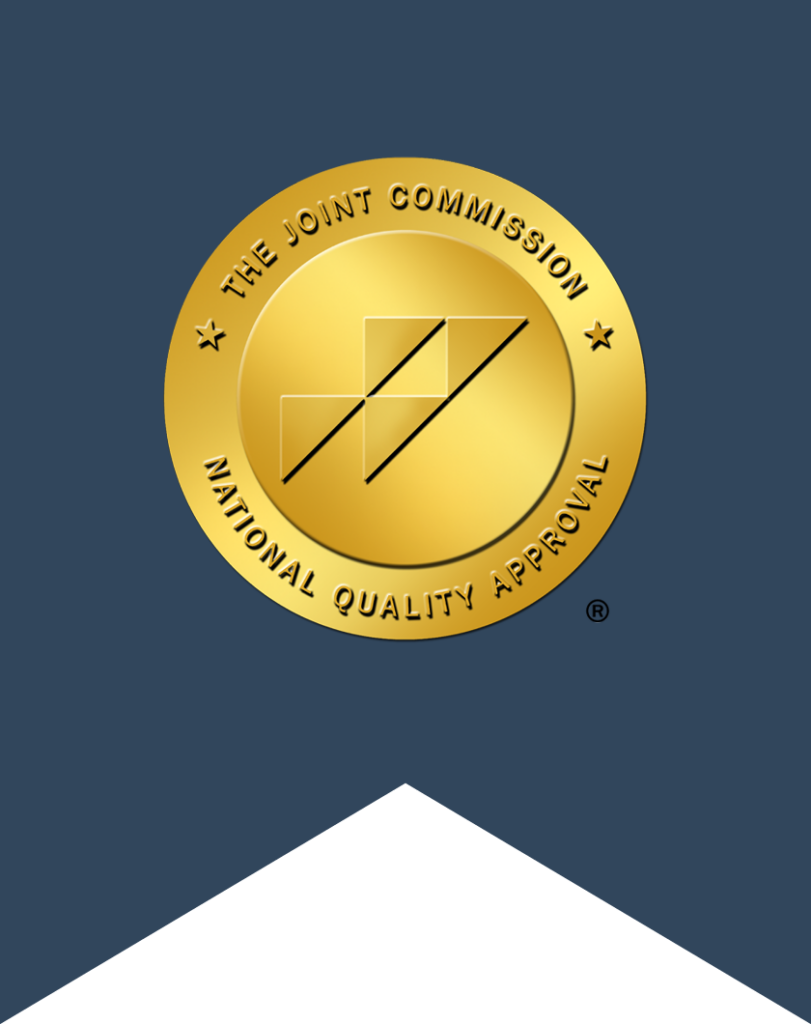You may not think twice about having a drink while you’re taking prescription painkillers, or you might drink deliberately to achieve a better high when you take other drugs. This behavior is fairly common among people who struggle with substance abuse, but it’s also quite dangerous.
When you build up a tolerance to a substance, it’s harder to achieve the usual effects—throwing another substance into the mix may seem like the natural solution. Mixing drugs can have serious physical consequences, and some health effects can be fatal. This article will cover a few of the more dangerous drug and alcohol combinations and describe the associated risks.
Benzodiazepines and Alcohol
Benzodiazepines are a type of prescription drug used to treat anxiety; a few examples of benzos include Xanax, Valium and Ativan. These drugs have a depressive effect on the central nervous system, which is the same effect as alcohol.
When they’re used together, benzodiazepines and alcohol can be extremely dangerous. This combination can cause blackouts, coma and even death. Despite the associated risks, this drug combination is surprisingly common, with one study indicating that over 40 percent of people who are addicted to alcohol also used benzodiazepines.
Stimulants and Alcohol
Another common drug cocktail is the combination of cocaine and alcohol. Cocaine acts as a stimulant, making you feel alert and energetic. Like other stimulants, it can also elevate your blood pressure and cause rapid heart rate.
Combining alcohol and cocaine can have dangerous health consequences, leading to heart attack or even heart failure. The harmful effects of this drug mixture are caused by the production of a chemical called cocaethylene, which occurs in the liver when cocaine and alcohol are used together. The presence of cocaethylene can lead to heart problems, but it can also trigger violent behavior in many individuals.
Opiates and Alcohol
The abuse of prescription opiate painkillers has reached epidemic proportions in the United States, and many prescription drug abusers also add alcohol to the mix. Combining alcohol and opiates heightens the effects of both substances, but it also increases the risk of negative health consequences and overdose.
This drug mixture can cause excessive sleepiness, shallow breathing and confusion; it can also result in an increased tolerance to both the opiate medication and alcohol.
From Substance Abuse to Sobriety
Drug and alcohol mixtures have been proven to be dangerous to your health, but this knowledge doesn’t stop people from using these deadly combinations. In fact, nearly 50 percent of people receiving addiction treatment have an addiction to multiple substances. [3] When your brain and body have been ravaged by addiction, it often takes multiple substances to achieve the desired effects.
It’s important to remember that help is available, no matter what combination is substances is involved in your addiction. The treatment of multiple addictions requires a careful approach to detoxification and an understanding of the complex nature of the disease. With the right treatment, you can free yourself from the chains of addiction and begin a new life.
